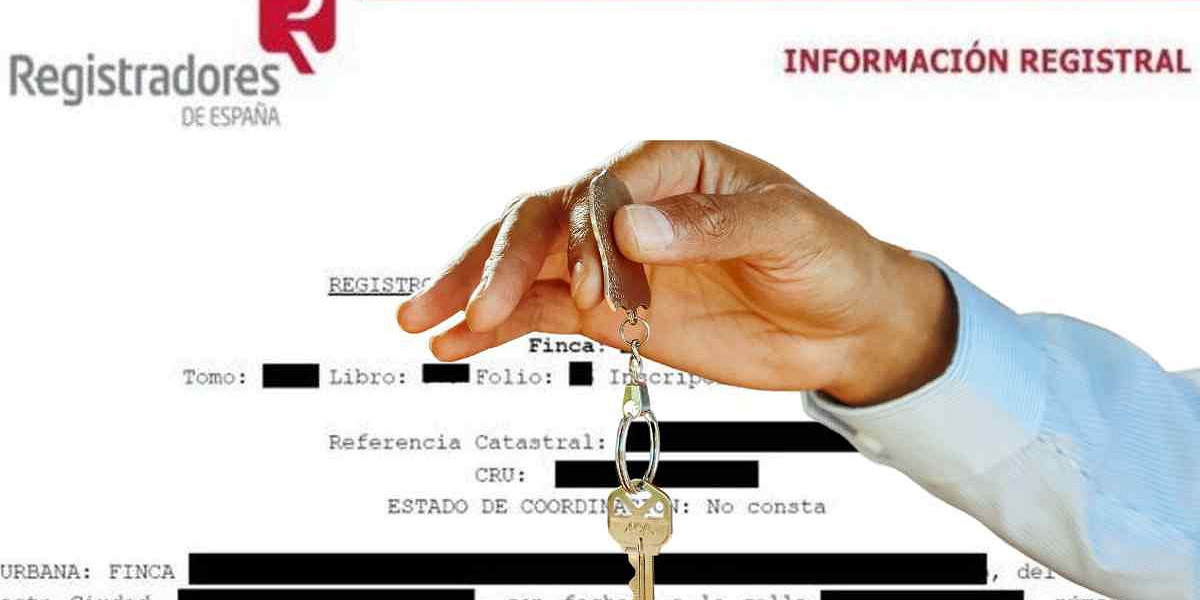Let's get to the point: the Property Deed is the document issued by the Property Registry and offers a clear and direct overview of a property's legal status. It is not a document with absolute legal value, but it is the reference tool for those who need reliable and up-to-date information before closing a real estate transaction.
This registry summary details the owner, what encumbrances affect the property—mortgages, liens, usufructs—and describes its physical characteristics: location, surface area, boundaries, cadastral references, and other essential information for any serious analysis. It also points out possible urban planning limitations that may affect the use or availability of the property.
What is its purpose in the professional field? Basically, to avoid risks. Before buying, selling, mortgaging, or inheriting, the Property Deed allows you to identify potential legal problems. It is a guarantee of transparency and a basic tool for lawyers, notaries, financial institutions, and, of course, any informed buyer. The information provided in the simple note includes:
- Ownership: who is listed as the owner.
- Technical description of the property: location, square meters, land registry, etc.
- Registry encumbrances: mortgages, liens, usage limitations, conditions terminating the property.
- Planning restrictions: possible administrative encumbrances or limitations.
It is not necessary to provide a specific reason to request it; any interested party can access it, although having the registry information (property number, volume, folio, municipality) speeds up the process.
In practice, the simple note is essential for transactions such as sales, mortgage granting or cancellation, inheritance proceedings, divorces with property distribution, or tax and planning audits.
However, although in most cases it is a simple document, some notes or conditions may require expert interpretation. Do not underestimate the value of professional advice if complex clauses or unusual encumbrances appear.

